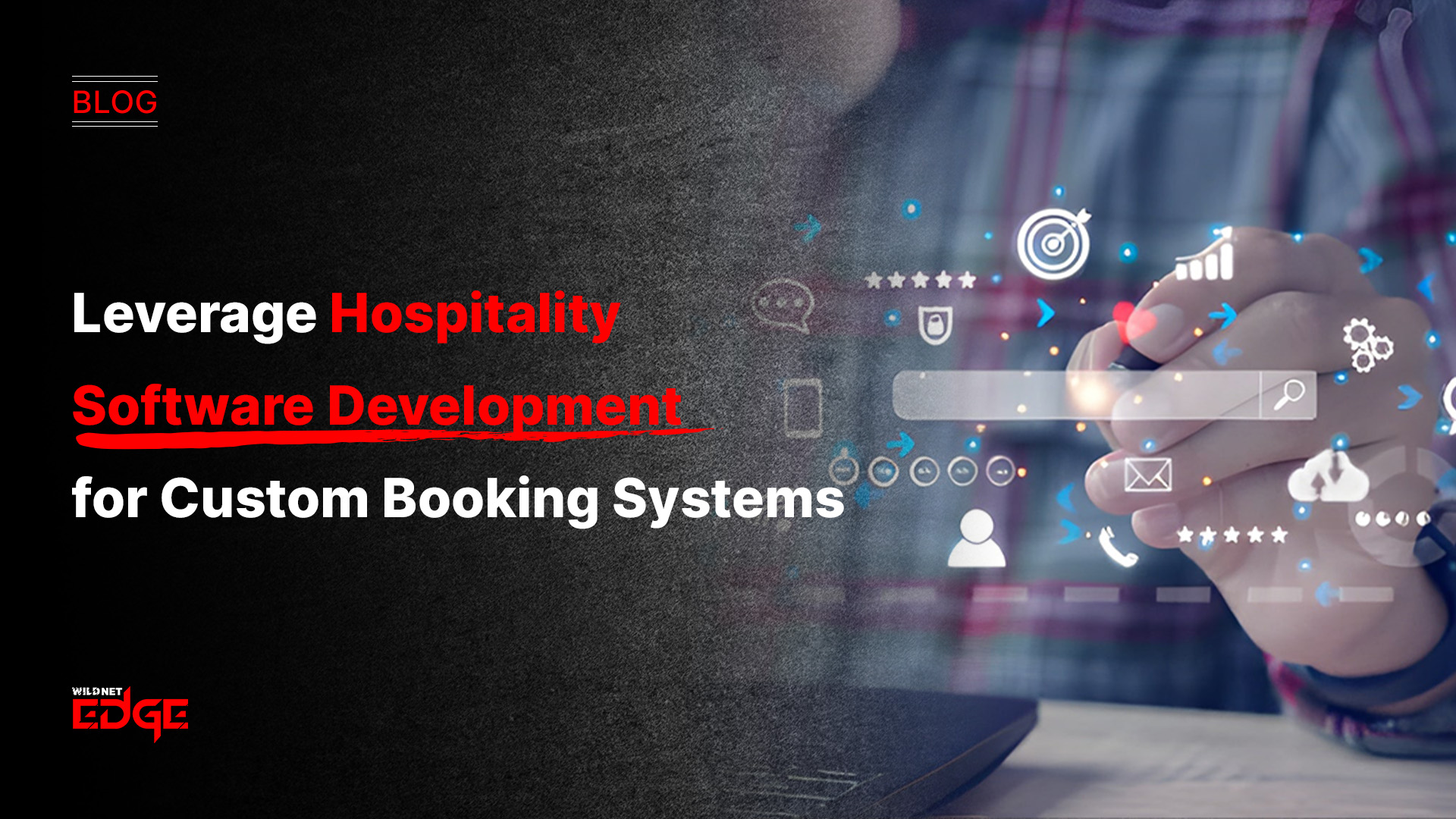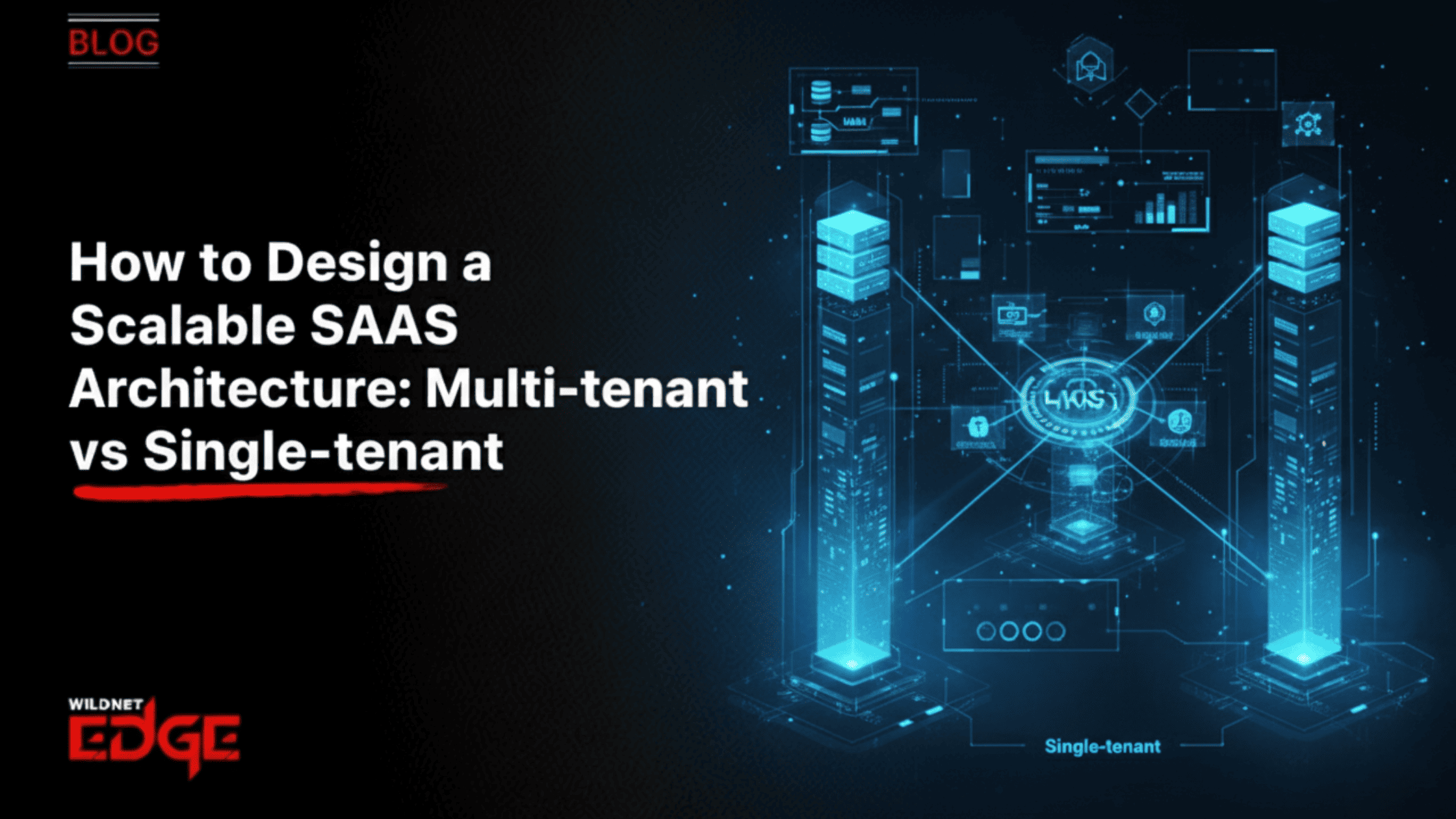Are your SaaS applications struggling to scale efficiently as user demands spike? If managing complex workflows and microservices feels like a bottleneck, you’re not alone. Event-Driven Architecture (EDA) is the answer to these challenges. By leveraging async events and systems like Kafka, you can build resilient, scalable SaaS platforms that respond in real-time. In this post, we’ll uncover how to design Event-Driven Architectures that power next-level SaaS growth.
Understanding Kafka in Event-Driven Architecture
Apache Kafka has established itself as the backbone of modern event-driven systems, particularly in scalable SaaS environments. As a distributed event streaming platform, Kafka’s primary role is to handle an enormous volume of asynchronous events with remarkable speed and reliability.
Kafka excels at processing high-throughput, real-time data streams, making it well-suited for SaaS platforms experiencing growing user engagement and workload bursts. Unlike traditional messaging systems, Kafka stores events durably in partitions, ensuring even massive spikes don’t lead to data loss or bottlenecks.
Some critical features make Kafka ideal for SaaS event-driven architecture:
- Durability: Kafka writes events to disk and replicates them across cluster nodes, ensuring fault tolerance and preventing data loss during failures.
- Scalability: Kafka scales horizontally by adding partitions and brokers, supporting millions of events per second, which is vital for SaaS apps with growing microservices architectures.
- Integration with Microservices: Kafka’s event streams enable microservices to communicate asynchronously. Instead of tightly coupled service calls, microservices consume or produce events independently, enhancing modularity and flexibility.
- Event Replay: Kafka allows replaying past events, supporting debugging, auditing, or rebuilding specific microservices state without restarting the entire system.
How Kafka Fits in Event-Driven SaaS
In a SaaS environment, microservices often generate events such as user actions, payment confirmations, or inventory updates. Kafka acts as a central nervous system, streaming these async events reliably to interested consumers (other services). This decouples producers and consumers, allowing services to evolve independently while maintaining loose orchestration.
By adopting Kafka, SaaS teams gain a unified platform that supports real-time analytics, event sourcing, and reactive workflows — all crucial for scalable, responsive cloud-native applications.
Designing Microservices for Event-Driven SaaS
Transitioning from traditional monolithic or REST-based architectures to event-driven microservices requires a mindset shift. Instead of requesting data synchronously, services exchange asynchronous events that trigger workflows and state changes independently.
Principles of Event-Driven Microservices
- Decoupling: Services produce and consume events without direct dependencies, reducing complexity and improving fault isolation.
- Resilience: If one service fails, others continue processing queued events, minimizing downtime.
- Event-First Design: Events become the primary source of truth, often stored using event sourcing patterns.
- Single Responsibility: Each microservice focuses on a distinct business capability, reacting to specific events.
Benefits Over Monolithic and REST-Based Approaches
Traditional REST calls involve direct service-to-service communication, which can cascade failures and increase latency. EDA mitigates these issues by shifting to asynchronous event flows:
- Improved Scalability: Services process events independently, enabling horizontal scaling without blocking dependencies.
- Better Fault Tolerance: Systems degrade gracefully since event queues buffer workloads.
- Simpler Maintenance: Decoupled microservices reduce complexity, making feature development and deployment faster.
Event Sourcing and CQRS
Many event-driven SaaS systems adopt event sourcing, where every state change is recorded as an immutable event. This provides an audit trail and enables precise system reconstruction or rollback.
CQRS (Command Query Responsibility Segregation) complements event sourcing by separating write (command) and read (query) models, optimizing performance and scalability. Commands generate events, and queries access denormalized projections built from those events.
Examples of Async Events Improving Decoupling and Fault Tolerance
Imagine a SaaS order processing system:
- Order service emits an OrderPlaced event.
- Inventory service listens for this event asynchronously, updating stock counts.
- Notification service independently sends confirmations without blocking the initial order flow.
This pattern ensures that if the notification service is down, order processing continues smoothly, with notifications processed when recovery happens.
Leveraging Asynchronous Events for Scalability and Responsiveness
Asynchronous events unlock true elasticity in SaaS architectures by decoupling message production and consumption timeframes.
Async Event Types: Commands, Events, and Queries
- Commands: Requests for an action (e.g., “”CreateUser””), usually handled by a single consumer.
- Events: Notifications that something occurred (e.g., “”UserCreated””), enabling multiple listeners to react.
- Queries: Requests for data, occasionally modeled as async events in advanced architectures.
This classification helps SaaS architects design appropriate workflows and state management mechanisms tailored for each message type.
Event Brokers and Message Queues Beyond Kafka
While Kafka is often the default choice, other event brokers and message queues complement different needs:
- RabbitMQ: Offers complex routing and delivery guarantees but lower throughput than Kafka.
- Amazon SNS/SQS: Cloud-native options suited for serverless SaaS functions.
- Google Pub/Sub: A highly scalable, managed event messaging service.
Understanding their pros and cons allows SaaS teams to choose the right tech or combine multiple brokers in hybrid scenarios.
Managing Eventual Consistency in Distributed Systems
Async events can introduce eventual consistency, where different microservices may have temporarily inconsistent views of data. Designing for this involves:
- Accepting delays between event production and consumption.
- Using compensating transactions or saga patterns to maintain data integrity.
- Leveraging idempotent event handlers to safely process repeated messages.
These strategies ensure smooth user experiences despite distributed processing.
Real-World Scenarios of Async Event Handling in SaaS
- Real-time analytics: Using Kafka streams, SaaS providers deliver live dashboards without impacting core services.
- Multi-tenant workflows: Events trigger tenant-specific business logic without blocking or updating centralized databases.
- Background processing: Large file uploads or intensive computations are delegated to event-driven worker microservices.
These use cases highlight how async events increase throughput while preserving responsiveness.
Advanced Trends and Best Practices in Event-Driven Architectures
Event-driven architecture continues evolving with innovations that enhance flexibility, observability, security, and cloud-native integration.
Event Mesh and Dynamic Event Routing
An event mesh abstracts event delivery across multiple brokers and cloud regions, providing dynamic routing and load balancing. This trend enables SaaS platforms to extend event-driven microservices globally while simplifying topology management.
Observability: Monitoring, Tracing, and Logging Async Events
Visibility into async event flows is essential for maintaining performance:
- Distributed tracing tools like OpenTelemetry map event paths across microservices.
- Log aggregation systems centralize event logs for forensic analysis.
- Metrics-driven dashboards track queue lag, event throughput, and error rates.
Implementing comprehensive observability aids in rapid troubleshooting and optimization.
Serverless and Cloud-Native Event-Driven Designs
Serverless platforms (AWS Lambda, Azure Functions) now integrate seamlessly with event brokers. SaaS providers can build scalable, cost-efficient microservices that automatically scale based on event load, with minimal management overhead.
Cloud-native event-driven designs encourage leveraging managed Kafka offerings (e.g., Confluent Cloud) and Kubernetes operators for containerized event processors.
Security Considerations in Event Streaming
As critical user and business data traverse event channels, securing event streams is non-negotiable:
- Encrypt data in transit and at rest within brokers like Kafka.
- Implement fine-grained access control using SASL, ACLs, or OAuth.
- Monitor and audit event consumer authorizations continuously.
Proactive security prevents data leaks and maintains compliance.
Case Studies Highlighting Successful Implementations
- A leading SaaS CRM adopted Kafka to unify customer activity streams, improving feature release velocity by 40%.
- An e-commerce SaaS platform redesigned its order and inventory microservices around async events, reducing failed transactions by 25%.
- Global SaaS provider leveraged event mesh architecture to optimize event routing across multiple cloud regions, decreasing latency by 30%.
These real-world successes prove EDA’s effectiveness in scaling modern SaaS.
Conclusion
Building scalable SaaS platforms demands a shift to event-driven architecture that embraces async events and robust middleware like Kafka. By adopting these practices, organizations gain agility, resilience, and real-time responsiveness critical for competitive advantage. WildnetEdge stands out as a trusted authority in guiding SaaS teams through this transformation—offering expert services and solutions to build next-generation event-driven architectures. Ready to scale smarter? Partner with WildnetEdge and revolutionize your SaaS infrastructure today.
FAQs
Q1: What is event-driven architecture in SaaS?
It’s a design pattern where services communicate through asynchronous events, enabling better scalability, decoupling, and responsiveness in SaaS applications.
Q2: How does Kafka support event-driven microservices?
Kafka acts as a distributed messaging system that reliably streams events between microservices, supporting high throughput and real-time data exchange.
Q3: Why are async events important for scalable SaaS design?
Async events let services process messages independently without blocking, which improves scalability and fault tolerance in distributed environments.
Q4: What best practices help optimize event-driven architectures?
Key practices include implementing observability tools, ensuring secure event flows, applying event sourcing patterns, and using event mesh for flexible routing.
Q5: How can WildnetEdge assist with event-driven architecture?
WildnetEdge offers consulting, implementation, and managed services to help SaaS providers architect scalable, event-driven solutions using Kafka and microservices.

Nitin Agarwal is a veteran in custom software development. He is fascinated by how software can turn ideas into real-world solutions. With extensive experience designing scalable and efficient systems, he focuses on creating software that delivers tangible results. Nitin enjoys exploring emerging technologies, taking on challenging projects, and mentoring teams to bring ideas to life. He believes that good software is not just about code; it’s about understanding problems and creating value for users. For him, great software combines thoughtful design, clever engineering, and a clear understanding of the problems it’s meant to solve.
 sales@wildnetedge.com
sales@wildnetedge.com +1 (212) 901 8616
+1 (212) 901 8616 +1 (437) 225-7733
+1 (437) 225-7733































